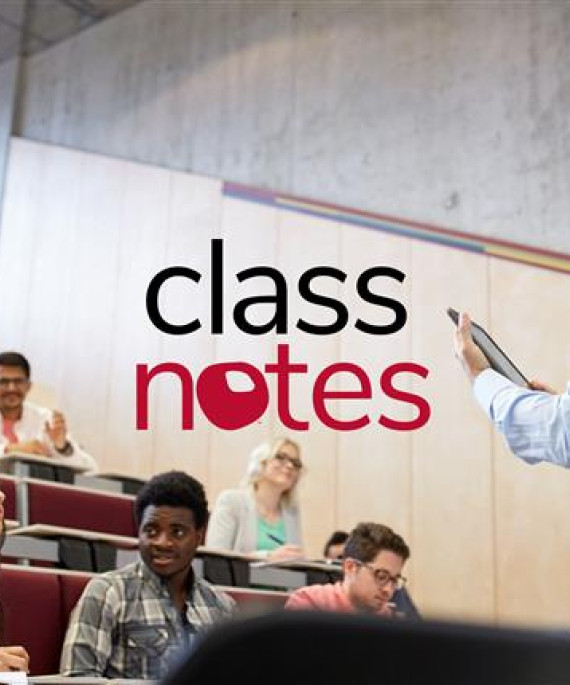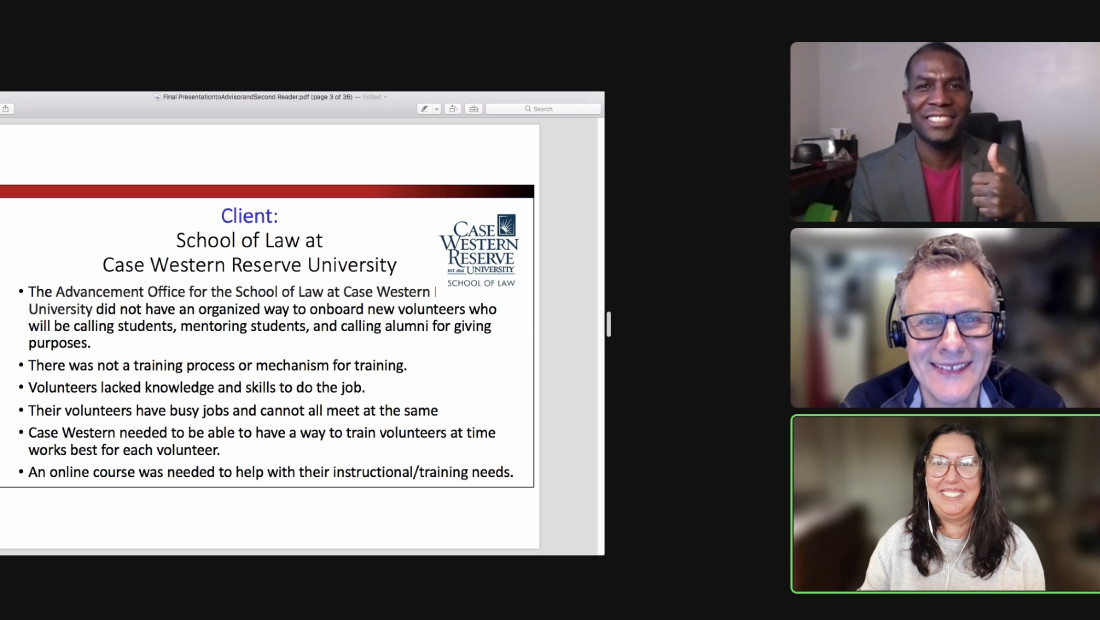
Online program attracts graduate students to gain advanced expertise
Before Derrick Freeman entered the Master of Learning Technologies Program, he had significant skills and expertise in streaming media, video production and digital learning tools.
“However, I was interested in boosting my skill in instructional design,” he said. “I was hoping the MLT would help me address this gap in knowledge and competence.”
The fully online program met all his expectations, Freeman said. “I got a bargain because I expected one thing but got so much more. Not only did I learn about instructional design, but I also now understand learning theories, multimedia principles and how to develop an instructional plan for a project.”
U.S. News and World Report’s 2024 Best Online Master’s in Education Program released its rankings today. In recognition of the program’s value to students, it advanced to No. 8 in the Educational and Instructional Media Design specialty category. It was previously No. 10.
The streamlined curriculum is tailored to offer students a full-time or part-time option. Freeman chose the part-time option because its flexibility accommodated his full-time role as the webcast producer for the Center for Continuing Medical Education at The Ohio State University Wexner Medical Center.
The program enrolls students from across the nation. They gain professional expertise to elevate learning with technology in a variety of settings. The program also fulfills a high-priority requirement of employers — online collaboration.”
Faculty describe best practices in program’s instructional approach
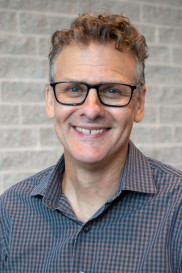
“Since it began, the program has evolved to integrate new technologies,” said Rick Voithofer, associate professor of learning technologies and chair of the program. “At the same time, we cover advances in research on the different uses of those technologies to support learning.”
“For example, many MLT courses are already integrating and addressing generative AI,” he said, “a technology that is proving to be a valuable tool for those who develop instruction with technology, especially instructional designers.”
Overall, the instructional philosophy ensures that students who graduate from the program are exposed to a wide variety of learning technologies,” Voithofer said. “They also are able to apply current research on how best to use those technologies in a variety of contexts. These include K-12, higher education and training contexts.”
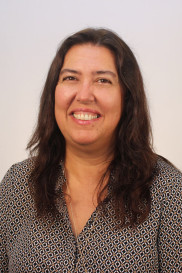
Ana-Paula Correia, professor of learning technologies, emphasized that while enrolled in the program’s courses, students not only learn but also apply their knowledge in real-world settings.
“They combine theoretical knowledge with practical application, engaging directly with clients in a professional context through virtual collaboration,” she said. “One example is the Applied Instructional Design course. In this course, students address real-world educational challenges and offer solutions to clients who are eager for their expertise.”
“I would argue that these opportunities are rare in online programs and a highlight of the MLT,” she said.
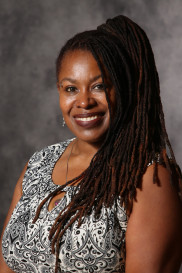
Tracey Stuckey, clinical associate professor of learning technologies, said one of her professional and personal takeaways from fully online teaching is that “we can build real, professional relationships with students while working and studying remotely. My colleagues and I use intentional, thoughtful approaches to make sure students have ample opportunities.”
For example, they use a mixture of synchronous ‘live’ meetings and asynchronous interaction for active collaboration and dialogue.
For her personal approach, Stuckey described her optional, live office hours. “I encourage students to meet with other classmates and me to chat informally while seeing each other's faces. Students can come to ask questions about content, or anything really, share related experiences and just get to know each other.”
She also uses and prompts students to create video-based responses to submit in asynchronous interactions, wherever possible.
Seeing each other's faces helps remind us of the humans behind the keyboards, she said. “I've built some incredible relationships with our MLT students through these and other connection-building approaches."
Alumnus builds expertise by serving law school volunteers
Derrick Freeman, ’23 MLT, guides a team that creates in-studio video productions for the professional development webcast series, OSU MedNet21, for the Wexner Medical Center.
Among his responsibilities are recommending streaming tools and developing streaming media production workflows for remote webcast recordings. He also produces video tutorials for the medical center’s MedNet21 viewers.

Freeman said the master’s program broadened his skill set. “One of the key benefits is the chance to create a variety of online teaching content using digital tools. We did this both with peers during courses and solo in the final project. The faculty coached us through our efforts.”
In the courses, he practiced working collaboratively with peers on group projects. One project developed online modules for a mobility training for his employer. “Mobility Basics: Safely Mobilizing Postoperative Patients” educates nurses and patient care associates about how to safely mobilize patients. He also wrote a chapter for an e-book with his peers, as well as an article for an online publication. “I also learned the process for conducting research,” he said.
For his practicum, Freeman reached out to a colleague in the advancement office of the School of Law, Case Western Reserve University.
“They had some training needs related to educating their new volunteers working with the Law Alumni Association Board and the Law Firm Giving Challenge,” he said. “New board members needed to know their board’s mission, meeting structure and schedule, obligations to the law school and about board committees and governance.”
Specifically, Freeman said the volunteers for the Giving Challenge needed to understand their role as representatives. This included being able to describe the giving challenge to Law School alumni, list the ways their giving benefited students and law firms and describe how to get involved. “We agreed that two online trainings would work great to get those volunteers up to speed.”
Correia served as Freeman’s advisor throughout the program and as his coach for the semester-long practicum experience. “She provided excellent advice and guidance to assist me in my journey throughout the MLT program,” he said.
Correia met with him regularly during the practicum, especially for each of the critical milestones, he said. This included pitching the project to the client, creating a memorandum of understanding and planning the project.
“She provided detailed feedback and advice about how to make the trainings better,” Freeman said. “It might have been nice to produce the trainings perfectly on the first try and be done. And it wasn’t always easy to go back to make the recommended improvements. But once I did, they definitely made the project much stronger.”
"Most importantly, the client was more satisfied, and I learned critical thinking, in terms of why I am doing it this way rather than another way.”
While still in the program, Freeman created an online training, using CarmenCanvas, for moderators of the Wexner Medical Center’s webcast training series.
“A moderator was leaving, so I created a three-module training for future moderators. They included everything from how to record and produce programs in the studio, to how to prepare and produce programs recorded remotely via Zoom. It also covered how to perform all the duties of the MedNet21 moderator.”
“Earning my MLT has allowed me to serve clients better and add value to the Center for Continuing Medical Education,” Freeman said. “I am also excited about my next chapter of developing e-learnings for future projects.”


